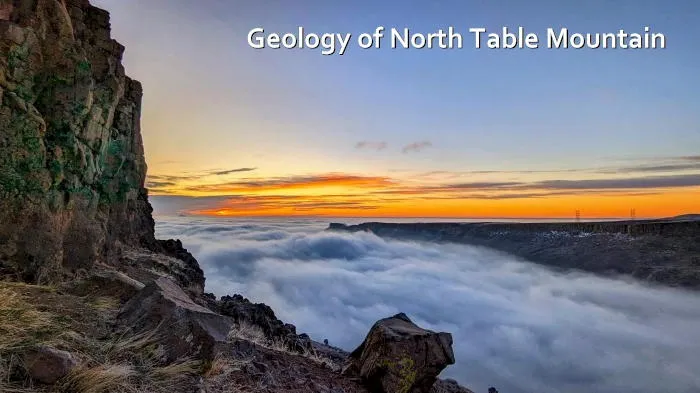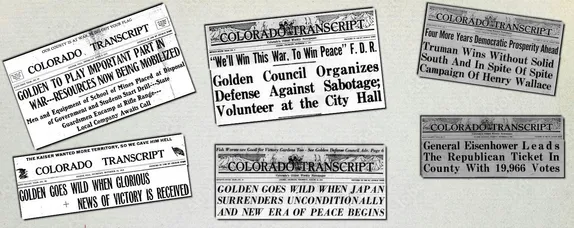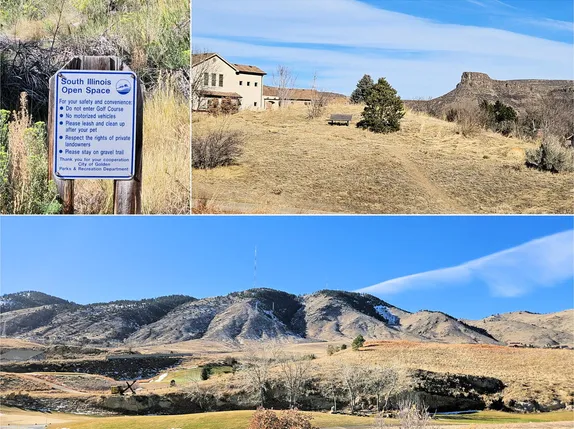by Donna Anderson
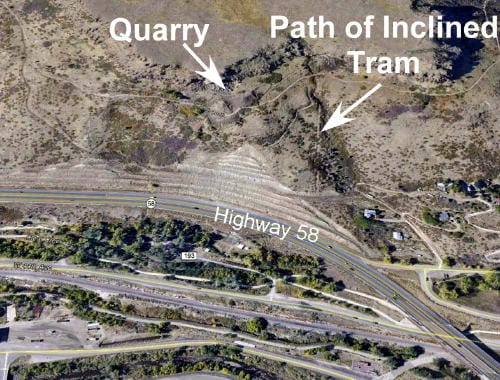
The top of North Table Mountain, now the North Table Mountain Open Space Park, is the site of two basalt quarries, one of which is the oldest quarry on both North and South Table Mountains.
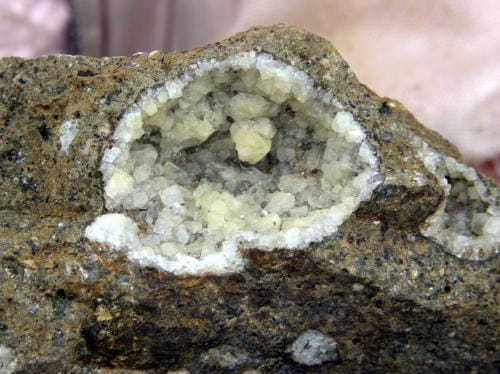
In 1874 Arthur Lakes started collecting minerals and fossils to establish a geology museum at the Territorial School of Mines, which became Colorado School of Mines in 1876. One of his favorite places to collect minerals was on the south side of North Table Mountain, where natural holes in the lava flows, called vugs, held prized specimens of zeolite-family minerals such as analcime. He and his students opened a small quarry on the south side of North Table Mountain to collect zeolite minerals, becoming the first quarry on North Table Mountain.
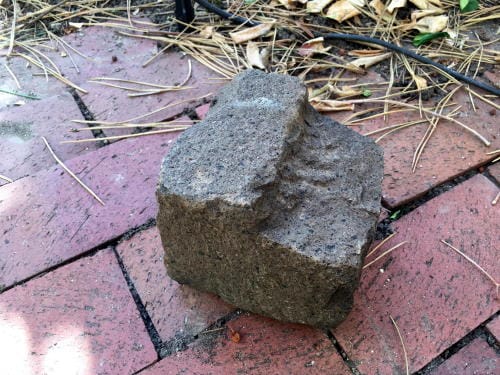
In 1901, the mineral-collecting quarry became the site of one of the Whenestone/Blake quarries on North Table Mountain, operated by F.O. Blake, owner of Blake Asphalt and Paving Company. The massive basalt cliffs forming the rimrock were quarried for “monument” stones (tombstones), paving stones, and crushed rock. The biggest customer was the Denver City Tramway Company (later the Denver Tramway Co.), which had a substantial program of building roads and maintaining electrified interurban (streetcar) rail lines in the Denver-Golden area.
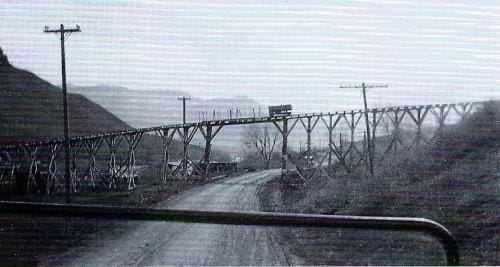
The Denver Tramway Company (DTC) took over operations of the south (aka Tramway) quarry in 1905. One of the difficulties of quarrying 700 feet above the Clear Creek Valley was getting the quarried stone down the hill. After some near-miss disasters with runaway wagons, the DTC installed an inclined tram in 1907 to transport rock more safely and quickly to a crushing facility in Clear Creek Valley, along the DTC 83-line that ran subparallel to 44th St. Worked on-and-off, the quarry was rejuvenated to pave West Colfax and South Golden Road in 1917. But, by 1923, the crusher and inclined tram had been abandoned, and the quarry lay dormant for decades. Fast-forwarding to 1973, a proposal to re-open the quarry tram-route fell on the deaf ears of the citizens of Jefferson County. Today, the old quarry is a site for mineral collectors (by permit from Jefferson County) and a great place to encounter rattlesnakes.
Sources:
Colorado Transcript, issues between 1901 and 1930.
Cross and Hillebrand, 1882, Zeolites in the basalt of Table Mountain, near Golden, Colorado: American Journal of Science: Article LII, v. 23, p. 452-458.
Robertson and Kenton, 2010, Denver’s street railways, volume 3, The Interurbans: Colorado Railroad Museum, 373 p.
VanderKwaak and others, Historic streetcar systems of Colorado: Report CDOT-2020-11, 440 p. https://www.codot.gov/programs/research/pdfs/2020-research-reports/historic-streetcar-systems-of-colorado-1/cdot-2020-11.pdf
Donna Anderson and Paul Haseman are still working on the book: Golden Rocks: The geology and mining history of Golden, CO. Delayed by the pandemic, it will be finished in 2021.

